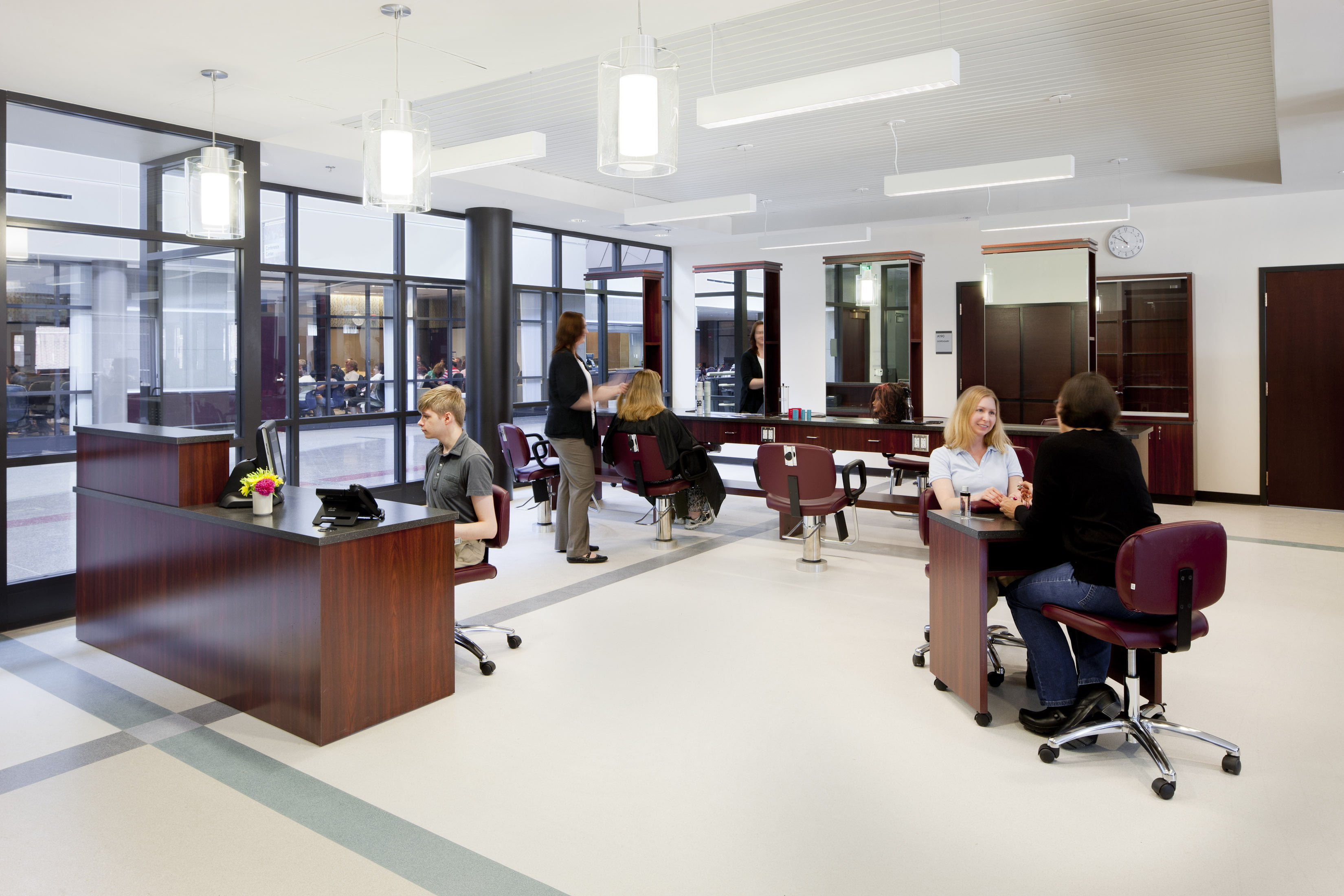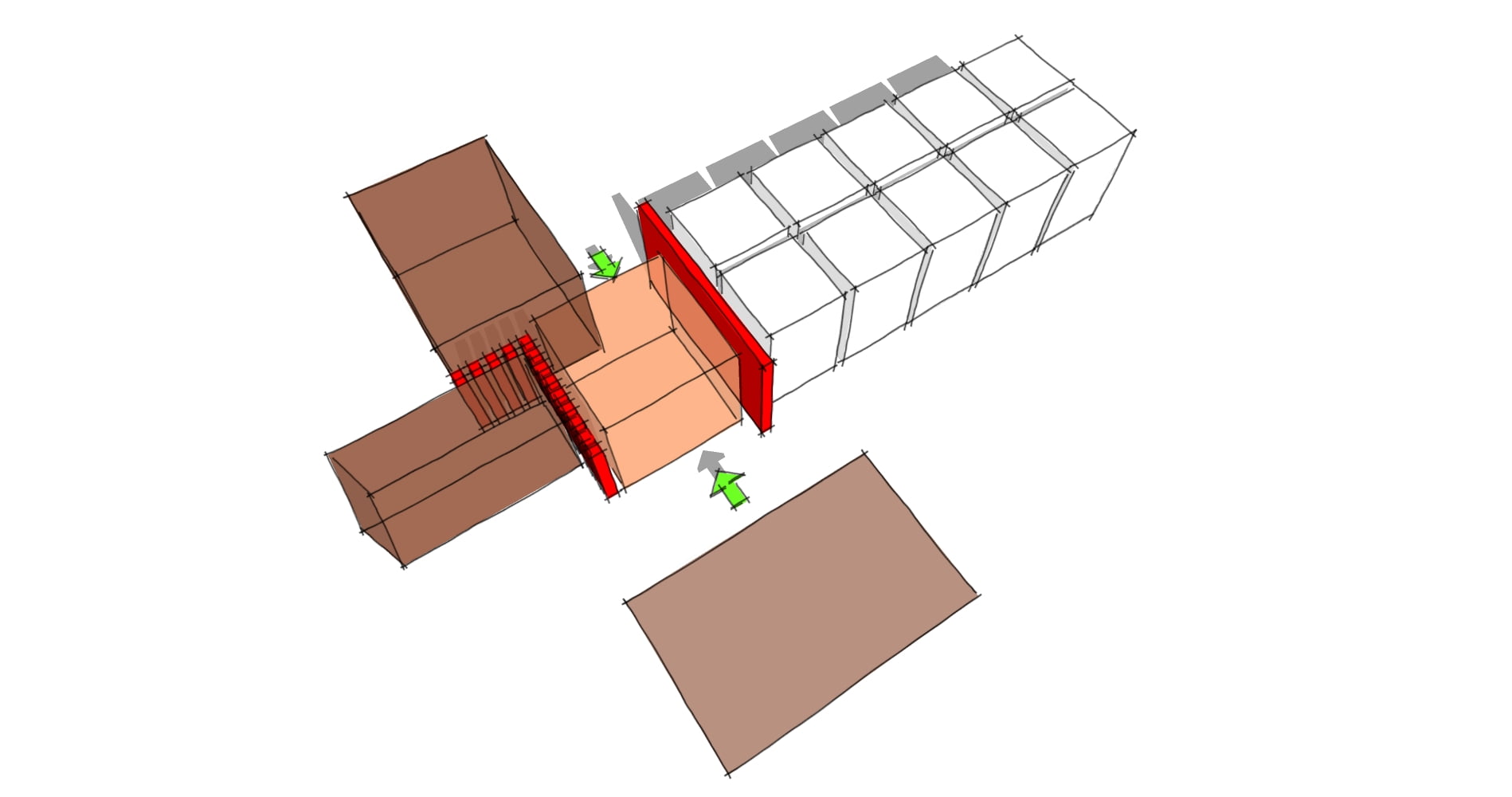After Hours
Community Use of School Facilities After the Bell Rings
While not a new concept, after hours use of school buildings has become far more complex. Taxpayer funded school facilities that offer academic, enrichment or other services to the general-public after and perhaps even during the school day, must balance both school and community needs. In many cases, consideration of these secondary uses for school facilities starts early in the project planning process, often before design begins. These “non-school” activities can be a catalyst for developing support for school funding votes. Some schools may boast adequate facilities to host community meetings, others an interior walking track for use by senior citizens at designated times or even during the school day and yet others, such as specialized “maker spaces” can support both educational and community enrichment programs.
These types of programs face a variety of challenges. If the school is in use by other user groups during the school day, separation, privacy, and security need to be addressed early in the planning process. Some career and technical schools offer commercial services to a community such as auto repair, restaurants associated with a culinary program and salons associated with cosmetology programs. These programs help to integrate a school and its community while realizing significant educational benefits. In order to plan a project with these objectives, separate entrances, secure separation between public and school areas and advanced security and supervision are often warranted. Many schools now employ an identification and badging process that runs instantaneous CORI and Sex Offender checks before admittance can be gained.

When a school facility is used after hours for extended school and community functions, there are usually additional issues relating to compartmentalization of the building. Understanding the many ways that the building will be utilized on weekday evenings and on weekends is critical to overall school organization. Preliminary planning will consider various entry strategies, security protocols and implications of extended use on mechanical and electrical systems. Extended day activities will seldom require use of the entire building as its operated during the regular school day. Therefore, design of the systems must consider flexibility so that the BMS (Building Management System) program can be easily adapted to heat, cool, and ventilate certain areas in use at given times. The capabilities of these systems require a user-friendly interface so that they can be easily modified when extended day program scheduling changes.

Gymnasiums, auditoriums, and cafeterias are the most common venues to host after-hours school and community functions, but recent trends create demand for use of other areas of the building. Some of these spaces, which have originated or been redefined for 21st century learning standards, include “STEAM labs,” makerspaces, learning commons, black box theaters, and even general classrooms. They offer resources and equipment that is often attractive to educational clubs, civic groups, and other local organizations. With this increased use, a school building becomes a vital center of a community’s infrastructure, thrumming with activity at all hours of the day and night. Insight and experience in planning for this new reality will ensure that schools are designed appropriately to serve a community’s long-term needs well into the future. ♦
